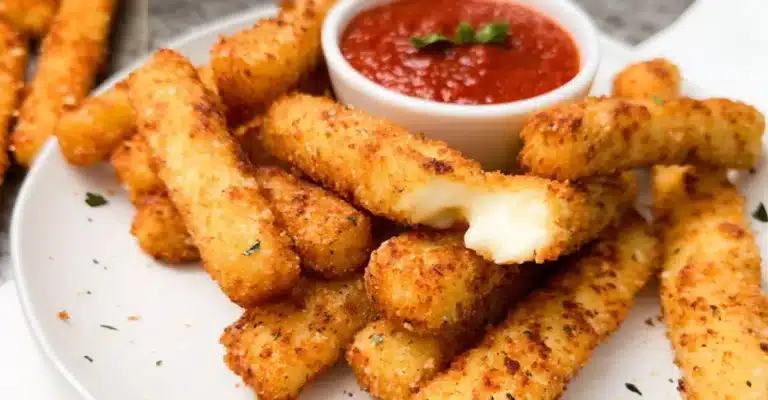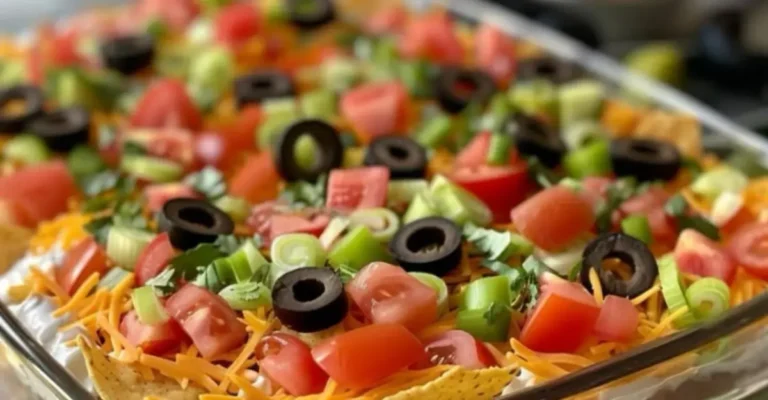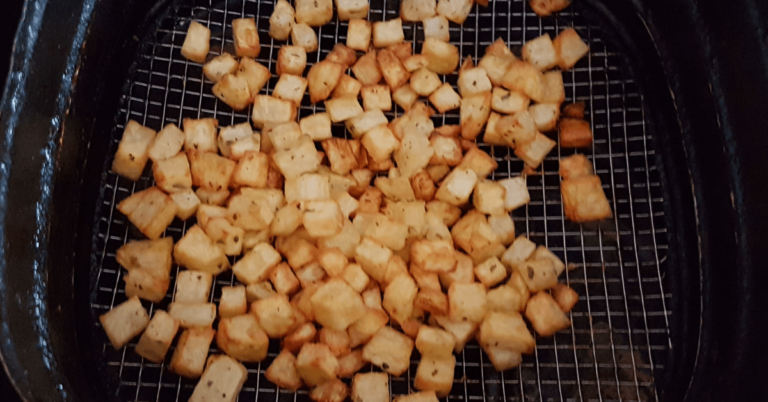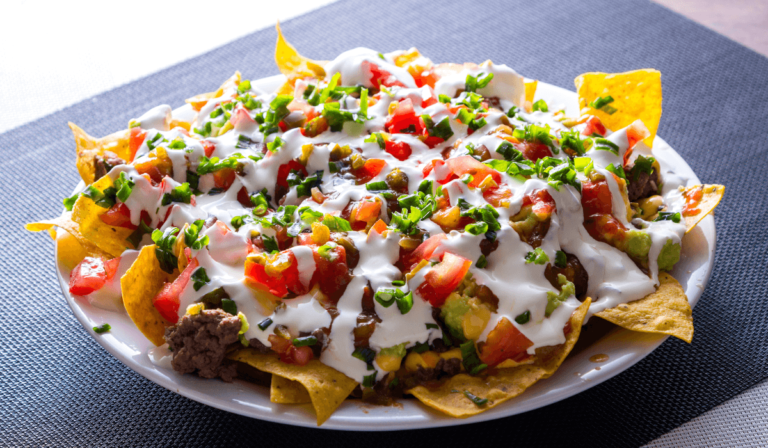Part 1: Introduction to Crab Meat
Crab meat isn’t just a treat for your taste buds; it’s a fascinating part of culinary history. Ever wondered what makes crab meat so special? It’s all about its versatility, flavor, and health benefits.
Historically, crabs have been a key ingredient in cuisines worldwide. Their unique taste, which is both delicate and distinct, has made them a favorite in many cultures. What’s more, crab meat is incredibly adaptable. Whether it’s the main dish or just an addition to a salad, it fits perfectly into various recipes.
But there’s more to crab meat than just great taste.
It’s also packed with nutrition. Rich in high-quality protein, vitamins, and minerals, crab meat is a healthy choice. It’s low in fat and calories but high in beneficial omega-3 fatty acids. Isn’t it great when somethingdelicious is also good for you?
Crab meat also reflects our connection with the environment. Sustainable fishing practices ensure we can enjoy this seafood without harming marine life. It’s a perfect blend of flavor, health, and responsibility.
In short, crab meat is more than just food. It’s a symbol of culinary diversity, nutritional richness, and environmental awareness. As we explore further, we’ll discover the various types of crabs and their unique flavors. Stay tuned for an exciting journey into the world .
Part 2: Types of Crabs and Their Meat
Crab meat comes in many flavors and textures, depending on the crab species. Let’s explore some popular types and what makes each one special.
Blue Crab:
Known for its sweet, tender meat, the Blue Crab is a favorite in coastal cuisines. Found in the Atlantic Ocean and Gulf of Mexico, it’s perfect for classic dishes like crab cakes.
King Crab:
A giant of the sea, the King Crab is famous for its rich, succulent flavor. Harvested mostly in Alaskan waters, its meat is firm and luxurious, often featured in grand seafood feasts.
The habitat of these crabs plays a big role in their taste. Blue Crabs love warmer waters, while King Crabs thrive in the cold depths. This difference not only affects where they’re found but also adds to their unique flavors.
Whether you prefer the sweet delicacy of Blue Crab or the rich taste of King Crab, there’s a type of crab meat for every seafood enthusiast. In the next part, we’ll look at the nutritional benefits of crab meat, showing why it’s a tasty and healthy choice. Stay tuned!
Part 3: Nutritional Value of Crab Meat
Crab meat isn’t just delicious; it’s a powerhouse of nutrition. Ever wondered what makes crab meat a healthy choice? Let’s break down its nutritional profile.
First off,
crab meat is an excellent source of high-quality protein. It’s lean, meaning it’s low in fat, making it a great option for those looking to maintain or lose weight. But that’s not all. Crab meat is also rich in vitamins and minerals. It contains Vitamin B12, crucial for brain health, and minerals like zinc and selenium, known for boosting the immune system.
Did you know that crab meat is also good for your heart? It’s high in omega-3 fatty acids, which are known to improve heart health. These fatty acids help reduce inflammation and lower the risk of heart disease. Plus, with its low calorie count, crab meat is a guilt-free addition to any diet.
But what about cholesterol?
While crab meat does contain cholesterol, it’s important to balance it with other healthy foods. When consumed as part of a varied diet, crab meat can be a beneficial addition to your meals.
In summary, crab meat is not just a treat for your taste buds but also a boon for your health. It’s a lean protein source packed with essential nutrients, making it a smart choice for a healthy lifestyle. Next, we’ll explore the culinary uses of crab meat and how it can be a star ingredient in your kitchen. Stay tuned!
Part 4: Culinary Uses of Crab Meat
Crab meat is a versatile star in the culinary world. Its unique flavor and texture make it a favorite in many dishes. But how exactly is cr used in cooking? Let’s dive into some delicious possibilities.
One of the most popular ways to enjoy crab meat is in crab cakes. These delightful patties, often seasoned and pan-fried to perfection, showcase the crab’s delicate flavor. But crab cakes are just the beginning. In soups and bisques, crab meat adds a touch of luxury, infusing the broth with its rich taste.
Then there’s sushi and rolls, where crab meat is a key ingredient.
Whether it’s in a California roll or a more elaborate sushi creation, crab meat brings a sweet, oceanic flavor that’s hard to resist.
but isn’t just for fancy dishes. It’s also great in simple, everyday meals. Tossed in a salad, mixed into pasta, or stuffed in a sandwich, crab meat elevates the dish with its distinct taste.
And let’s not forget about regional specialties. In places like Maryland and Louisiana, is a cultural icon, featured in local recipes that have been passed down through generations.
In the next part, we’ll look at the importance of sustainable crab fishing and aquaculture. Understanding where our crab meat comes from is crucial for enjoying this delicacy responsibly. Stay tuned for more insights!
Part 5: Sustainable Crab Fishing and Aquaculture
Enjoying crab meat responsibly means focusing on sustainability. But what does sustainable crab fishing involve, and why is it so important?
Sustainable crab fishing ensures we don’t harm crab populations or their habitats. It involves setting catch limits and using eco-friendly methods. This way, we help crab numbers stay healthy for future harvests.
Crab farming, or aquaculture, is also crucial. It reduces pressure on wild crabs by raising them in controlled environments. This not only gives us a steady crab supply but also protects natural habitats.
Why focus on sustainability?
It’s simple: to protect our oceans and ensure future generations can enjoy crab meat. Sustainable practices preserve marine life and keep ocean ecosystems healthy.
As consumers, we can help by choosing meat from sustainable sources. Look for special labels or ask where your meat comes from.
In short, sustainable crab fishing and aquaculture are about enjoying meat while caring for the environment. Next, we’ll tackle some common questions about meat , giving you even more insights. Stay tuned!
Part 6: FAQs About Crab Meat
is not only delicious but also intriguing. Many people have questions about this seafood delicacy. Let’s answer some of the most common queries.
Q1: Can you eat crab meat right out of the shell?
A: Absolutely! Fresh meat can be eaten straight from the shell. It’s a delightful experience, especially when the crab is freshly cooked. Just crack the shell and enjoy the tender, flavorful meat inside.
Q2: Is crab meat good for weight loss?
A: Yes, meat can be a great addition to a weight loss diet. It’s low in calories and fat but high in protein, which can help you feel full and satisfied without consuming too many calories.
Q3: How do you store leftover crab meat?
A: Leftover meat should be stored in the refrigerator and consumed within two days. Make sure it’s in a tightly sealed container to maintain its freshness and prevent any contamination.
Q4: Can people with shellfish allergies eat crab meat?
A: Unfortunately, no. meat is a type of shellfish, so it’s not safe for those with shellfish allergies. If you have a shellfish allergy, it’s best to avoid altogether.
Q5: What’s the best way to cook crab meat?
A: There are many ways to cook meat, but steaming is one of the best methods. It preserves the crab’s natural flavor and tenderness. You can also boil, bake, or grill meat, depending on your preference and the recipe you’re following.
In the next part, we’ll wrap up our exploration of meat with a conclusion that ties everything together. Stay tuned for the final insights!
Part 7: Conclusion
Wrapping up our meat journey, it’s clear this seafood is more than just a tasty treat. Each crab type, from Blue to King Crab, offers unique flavors, making a culinary favorite.
meat is not only delicious but also healthy. It’s packed with protein, low in calories, and good for the heart. Plus, choosing sustainable meat means we’re looking after our oceans.
In short, is a special seafood. It’s perfect for both fancy dishes and simple meals. Next time you enjoy crab, think of its rich history, health benefits, and the importance of sustainability.
Thanks for exploring the world . Here’s to enjoying this delicious seafood for years to come!






